How AI is Revolutionizing Architectural Decision-Making
Abstract – When Vision Meets Reality
Every architect knows the moment. A bold design, full of light and ambition, hits a brick wall: the budget. The client’s face falls, and the project spirals into endless redesigns and frustrated compromises. This isn’t a failure of creativity, it’s a failure of communication. Architects dream in space, material, and meaning. Clients speak in Return-on-Investment (ROI), timelines, and square footage. Both languages matter. But when they don’t connect, projects suffer. What if we could bridge this gap? What if financial data could become not a constraint that limits creativity, but a catalyst that enhances it?
This is the vision behind Yield Copilot, an AI-driven platform that we’ve developed to transform how architects and developers collaborate, making data-driven design decisions without sacrificing creative vision.
The Problem: A Tale of Two Languages
Research suggests that up to 30% of construction projects experience significant cost overruns, often stemming from early-stage misalignment between design ambitions and financial constraints. The earlier these conflicts are identified and resolved, the more successful the project outcome.
The challenge runs deeper than simple communication barriers. It’s about fundamentally different ways of understanding value and success in building projects:
Architects focus on:
- Spatial relationships and experiential flow
- Material qualities and their impact on occupants
- Cultural context and environmental response
- Innovation and design excellence
- Long-term sustainability and adaptability
Developers and clients prioritize:
- Construction costs and timeline efficiency
- Market value and investment returns
- Operational expenses and maintenance requirements
- Risk mitigation and regulatory compliance
- Profit margins and cash flow projections
Neither perspective is wrong; both are essential for successful projects, yet design typically flows like this: dream big, draw bold, then crash hard when the estimates come back. We flipped the script.
From Constraint to Catalyst: Yield Copilot
Yield represents a fundamental shift in how we approach architectural decision-making. Rather than treating the budget as a limitation imposed after design decisions are made, our platform integrates financial intelligence directly into the creative process. The result is a collaborative environment where architects can explore bold ideas with confidence, knowing they’re backed by solid financial projections.
Our web interface enables users to upload IFC models and instantly engage with financial data. When this data is integrated into the design process, it shifts from a constraint to a catalyst. By providing real-time feedback on the cost and value implications of design decisions, architects can:
- Explore with confidence, knowing the financial impact of their choices
- Optimize iteratively, adjusting designs based on immediate feedback
- Communicate effectively with clients using shared metrics
- Innovate strategically, finding solutions that serve both aesthetic and economic goals
At its heart, Yield enables a new kind of conversation between designers and their projects:
“What happens if we add two more floors?”
“What’s the ROI if we switch to timber?”
“How much do those ten columns actually cost?”
No need to run separate spreadsheets or reprice in a panic. The answers come instantly, grounded in data, tuned to design. This isn’t a plug-in or a passive tool. It’s a copilot. Here you can see it in action:
Technical Foundation: Our Five Pillars of Data Integration
Yield Copilot’s effectiveness stems from its comprehensive integration of multiple data sources, each contributing essential context for informed decision-making:
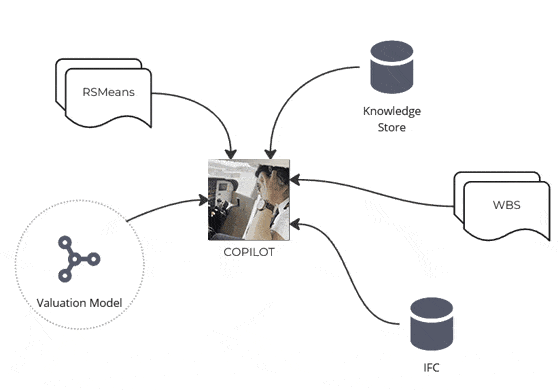
#1 Extended Building Data Generator (BDG) with Construction Intelligence
We began with the common Building Data Generator, or BDG, which all studio groups used. Since the structure and construction methods determine the majority of a building’s cost, we needed to build this data onto the simple aggregated form in the base BDG. We selected the Bryden Wood Platform II system and designed a corresponding parametric structure to generate along with the modules.

Building Data Generator
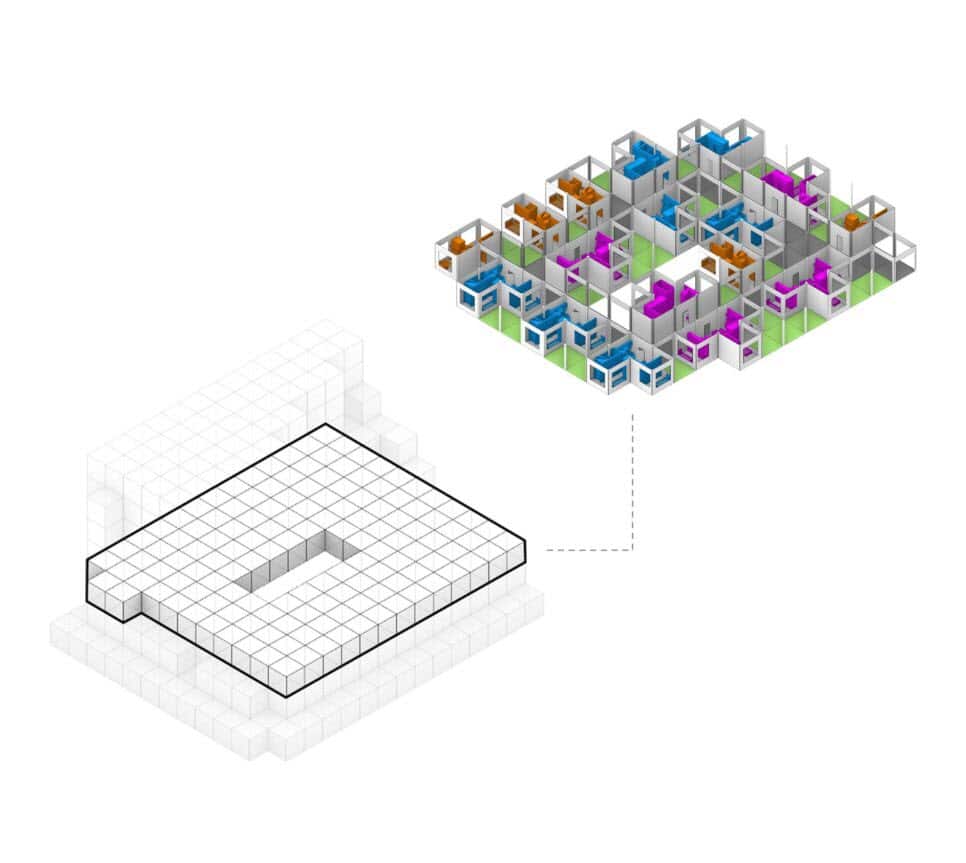
+
…extended

Simple geometry is not enough to determine a construction cost without an appropriate library for our copilot to reference. This library is the Work Breakdown Structure, or WBS, a calculator for granular construction cost. It details the construction activities required to build every single part of the building and the associated quantification method for them. Using the Masterformat classification code, the temporal and cost unit rates can be mapped for each activity.
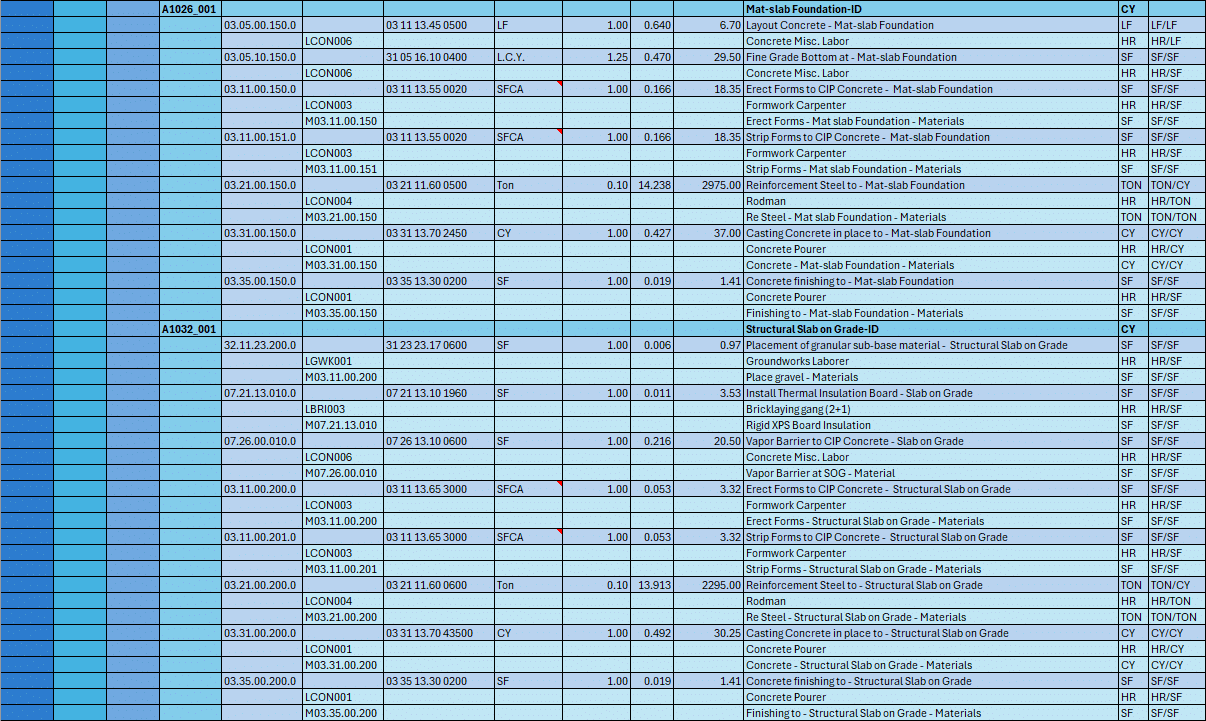

According to the defined quantification methods, take-off definitions are added to the BDG to determine the source quantities for each construction activity, which are then extracted into a .CSV file. The combination of the source quantities and the unit rates in the WBS defines accurate Material, Labour, and Equipment costs.

We can embed the WBS reference names in the BDG’s IFC file export, which enables Yield Copilot to reference the WBS and perform an informed analysis of the IFC geometry.
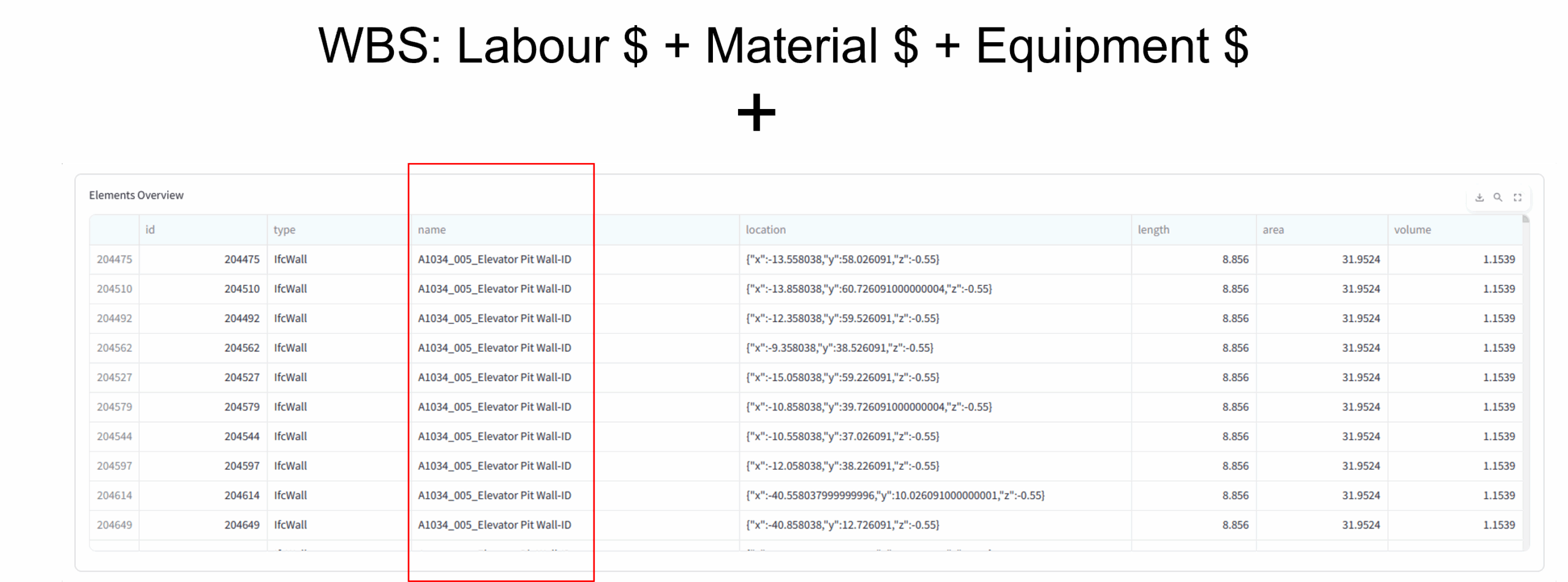
#2 RSMeans Cost Database Integration
To ground cost estimates in industry-standard data, we developed a sophisticated pipeline for converting RSMeans cost handbooks into machine-readable formats:
Data Conversion Process:
- Custom OCR workflow using Google Cloud Vision API
- LLM-powered text-to-table conversion for complex cost data
- Intelligent parsing that handles arrows, blank entries, and hierarchical information
- Quality validation ensuring data integrity throughout the conversion
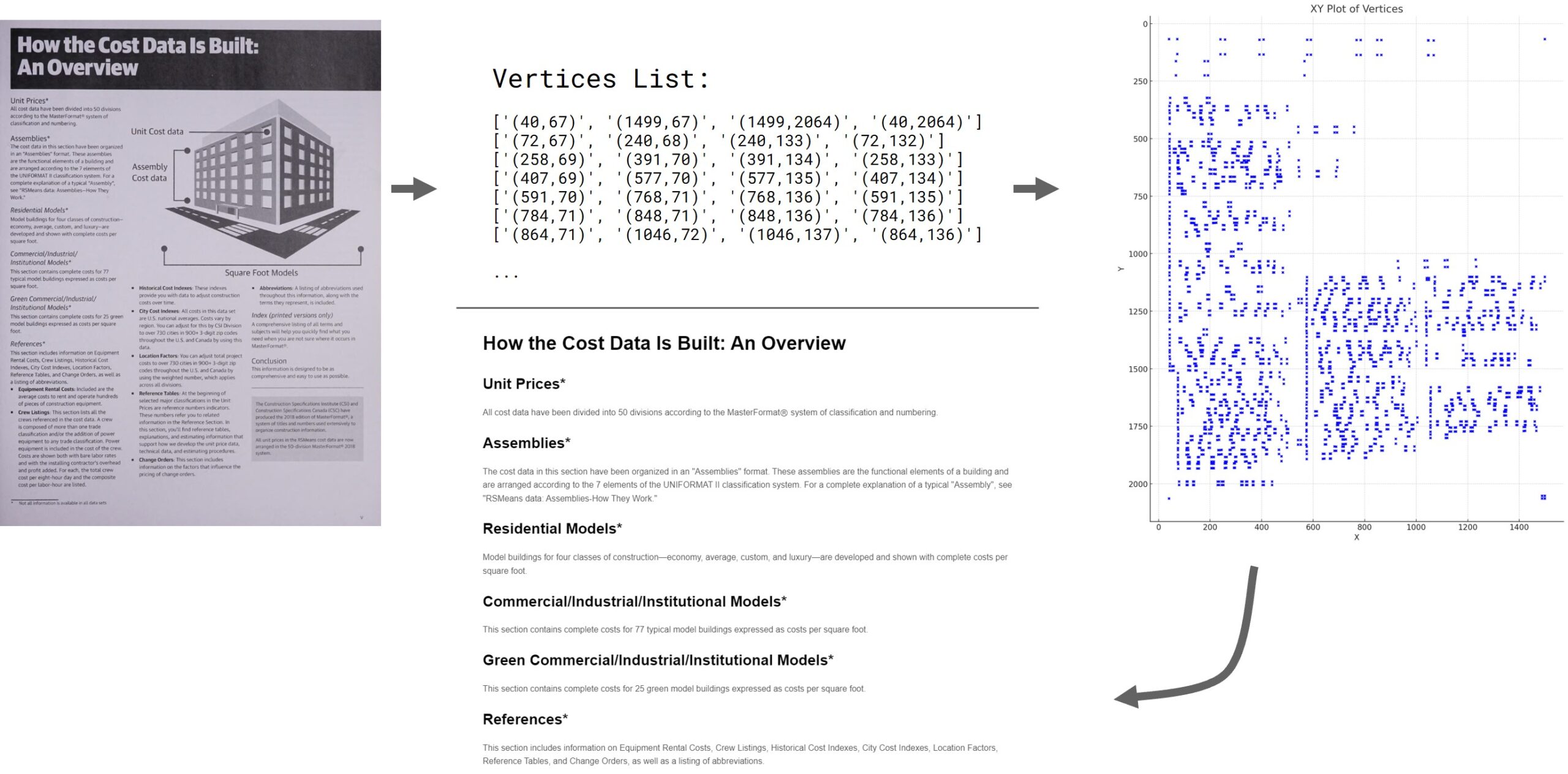
This approach dramatically reduces token usage compared to direct image processing while maintaining high accuracy in data extraction.
#3 IFC Graph Intelligence
Building Information Modeling (BIM) data provides structured geometric and semantic information that we convert into queryable graph representations. This enables:
- Geometric analysis using graph algorithms like Dijkstra shortest path to identify schedule bottlenecks.
- Spatial clustering with Louvain algorithms for work zone-based activity allocation.
- Component relationship mapping for dependency analysis.
- Quantity extraction tied to specific building elements.
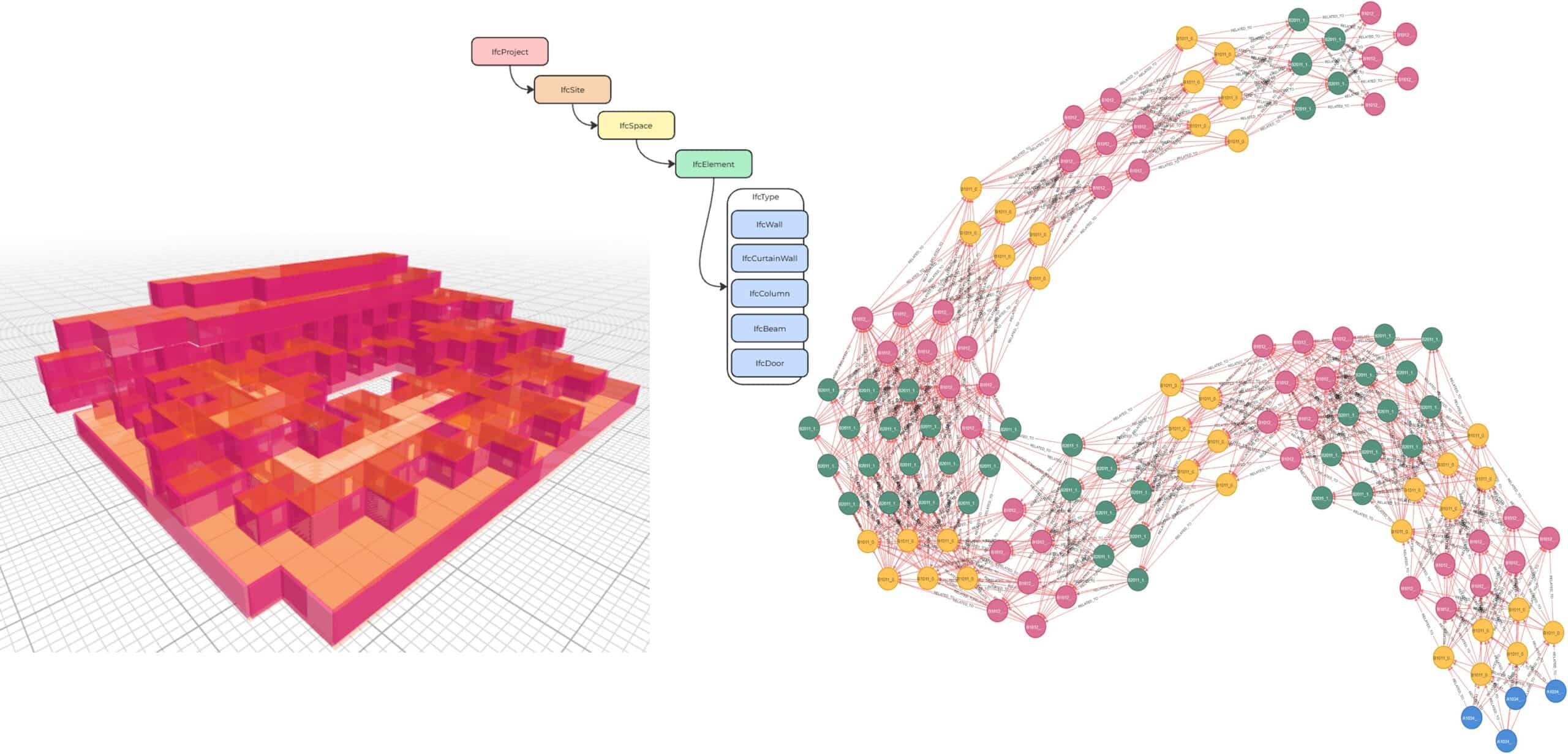
#4 Machine Learning Valuation Models
Our predictive models estimate building value from key inputs, trained on real market data:
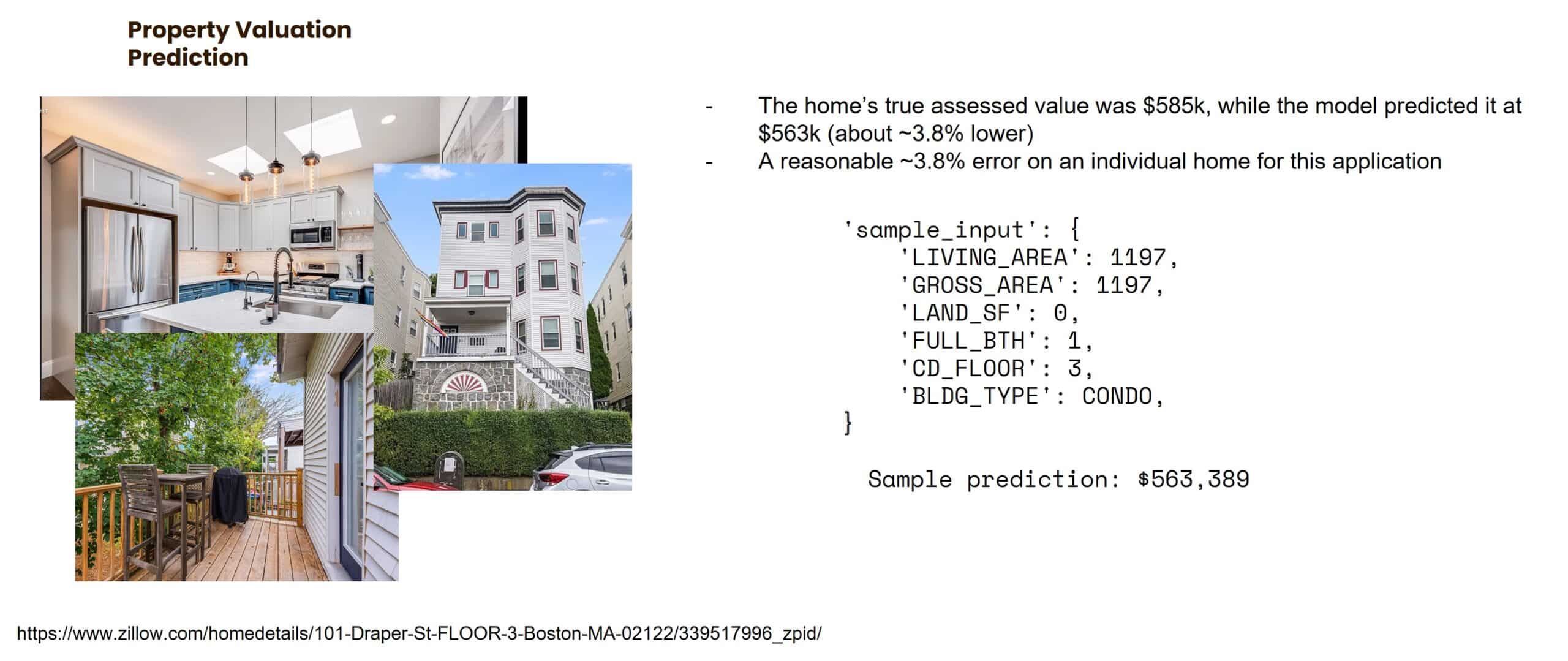
Model Performance:
- Accuracy: Within 30% for Boston residential market.
- Features: Total area, bedroom/bathroom count, building type, floor level.
- Methodology: Random Forest regression with 91% R² performance.
- Validation: 5-fold cross-validation ensuring robust generalization.
The model achieved this performance through strategic feature engineering, including:
- Hybrid categorical encoding to handle high-cardinality variables.
- Log transformations capturing non-linear value relationships.
- Domain filtering focusing on multi-family residential properties.
- Strategic imputation treating missing data as informative features.
#5 Retrieval-Augmented Generation (RAG) Knowledge Base
Industry best practices and construction methodologies are accessible through our RAG pipeline:
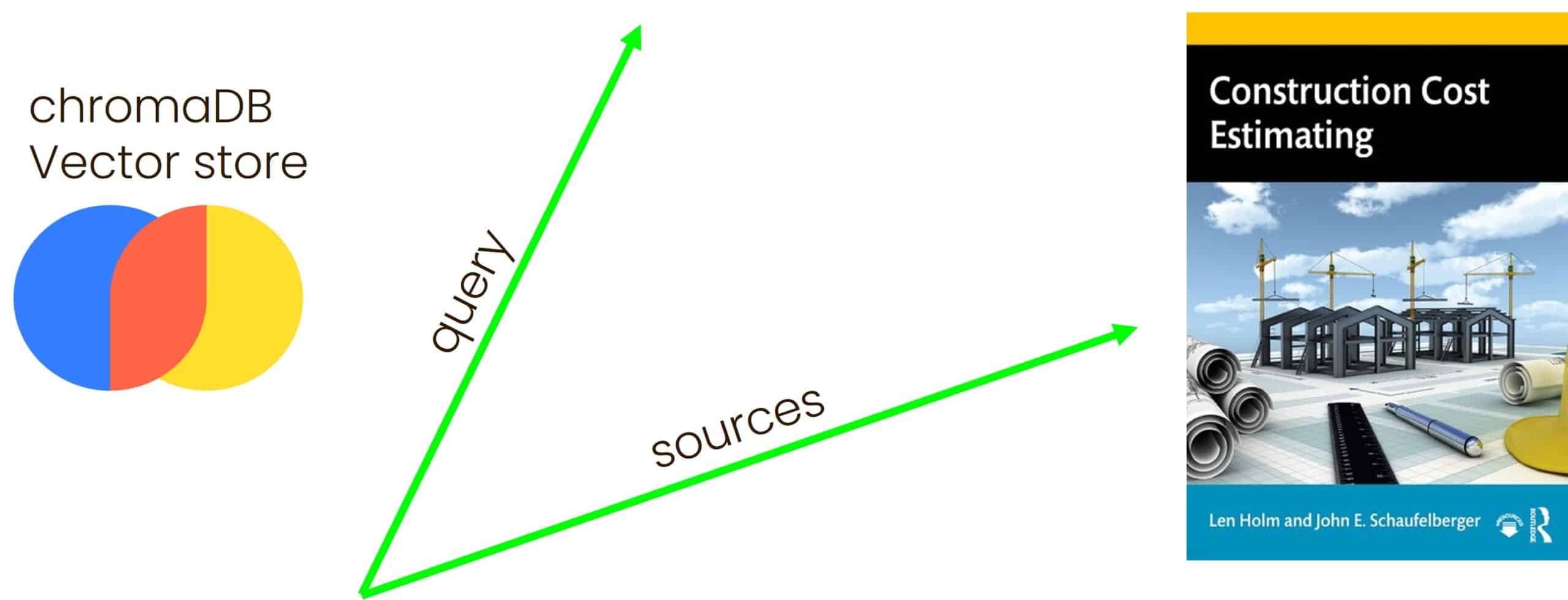
- Source materials: Rawlinsons Cost Guide, RSMeans handbooks, construction estimation literature.
- Chunking strategy: Heading-to-paragraph segmentation with overlapping contexts.
- Embedding model: Nomic-embed-text for semantic similarity matching.
- Reranking: FlashRank for improved context retrieval.
System Architecture: Intelligent Query Routing
Yield Copilot’s effectiveness comes from its ability to understand user intent and route queries to appropriate data sources and analytical methods. Our agentic routing system classifies incoming questions into five distinct categories, each with specialized processing logic.
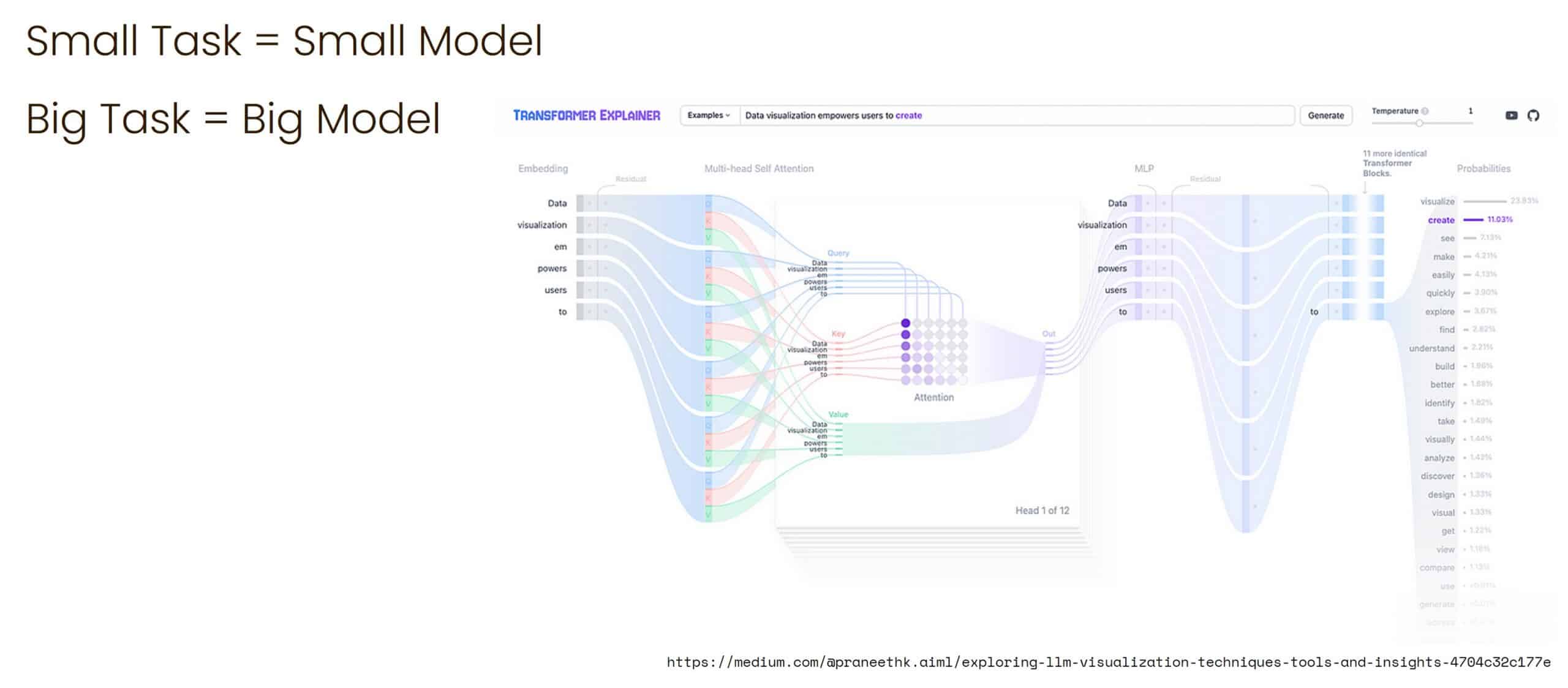
For design cost trade offs, users might ask “What’s the cost impact of adding one more floor?” or “Would switching from concrete to timber reduce total construction costs?” The system identifies design parameters and alternatives mentioned, maps to relevant cost data from RSMeans and BDG, calculates cost differences and implications, and presents trade-offs with design consequences.
ROI and feasibility analysis handles queries like “If construction costs increase by 15%, how will that affect ROI?” or “What’s the break-even rent per sqft for a 12% ROI target?” The processing extracts financial parameters from the query, applies valuation model predictions, performs sensitivity analysis, and provides investment focused interpretation.
Cost benchmarks and reference values respond to questions such as “What’s the average construction cost per square foot for mid-rise multifamily in Boston?” or “What are typical cost overruns for projects like this?” The system performs direct lookup in the RSMeans database, filters by project parameters including location, typology, and scale, presents benchmarks with contextual caveats, and includes variance ranges and market factors.
Value engineering opportunities address concerns like “We’re 20% over budget, what design decisions can bring us back under control?” or “How could we simplify the massing to reduce structural cost?” The system analyzes the current design for cost drivers, generates optimization suggestions, quantifies potential savings, and maintains design intent where possible.
Parameter-aware queries handle specific project questions such as “Given 60,000 sqft total area, 80 units, and 10 floors, what’s the likely total construction cost?” or “How do taller buildings affect cost per square foot and ROI?” The processing extracts specific project parameters, queries IFC model data, combines with external cost databases, and provides project-specific insights.
Implementation Excellence: From Research to Practice
Natural Language Interface
Yield Copilot’s conversational interface lowers barriers for non-technical users while providing sophisticated analytical capabilities. The system handles:
- Complex multi-part questions requiring multiple data sources
- Contextual follow-up queries maintaining conversation state
- Ambiguous requests with intelligent clarification
- Technical and colloquial language adapting to user expertise
Real-Time Visualization
Beyond text responses, Yield Copilot integrates with 3D visualization tools:
- IFC viewer integration showing building models with cost overlays
- Interactive element highlighting for component-specific analysis
- Color-coded cost visualization revealing expensive and efficient zones
- Dynamic updates reflecting design changes immediately
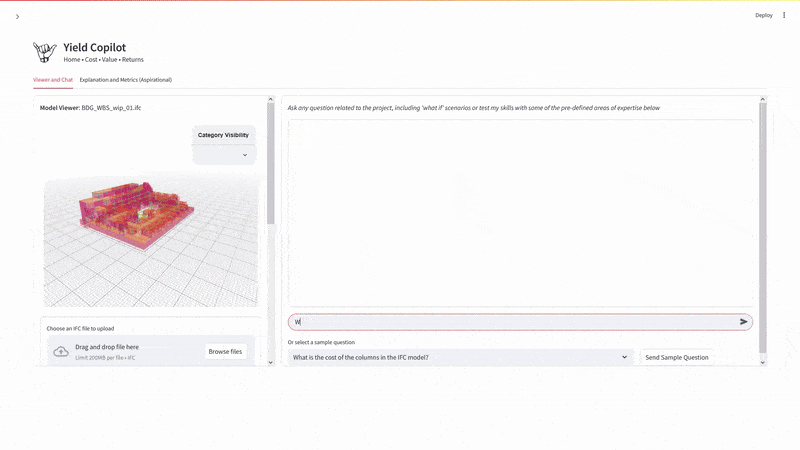

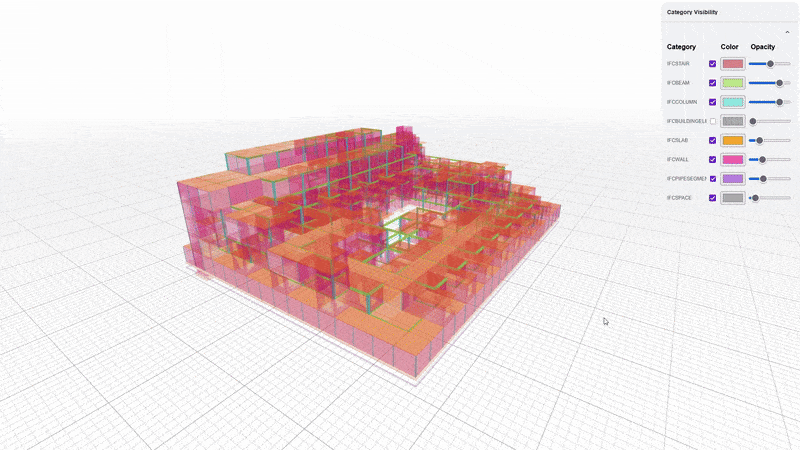
Robust Backend Architecture
The system’s Flask-based architecture ensures scalability and reliability:
- Parallel processing minimizing response latency
- Dynamic model selection optimizing compute resources for query complexity
- Comprehensive logging enabling performance monitoring and debugging
- Modular design supporting easy extension and maintenance
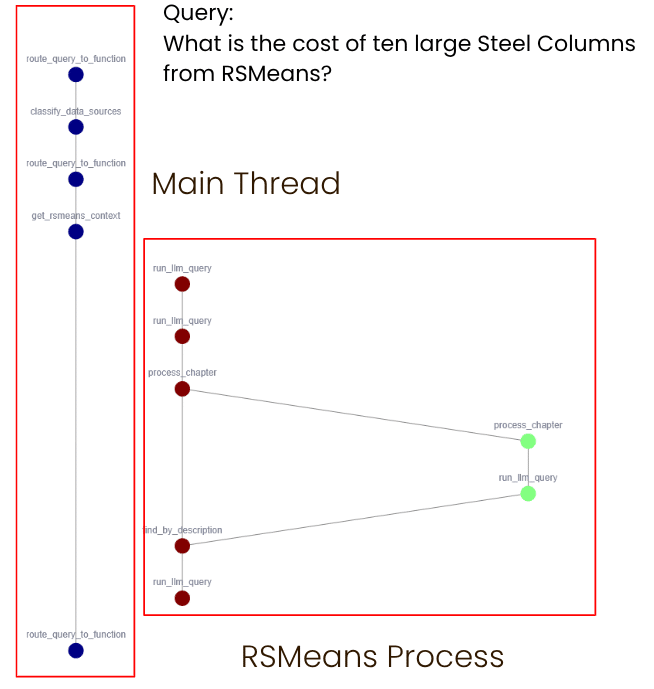
Energy-Conscious AI
Recognizing the environmental impact of large language models, Yield Copilot implements intelligent model selection:
- Task-appropriate sizing using smaller models for simple queries.
- Token optimization reducing computational overhead.
- Efficient caching avoiding redundant processing.
- Sustainable scaling as usage grows.
Industry Applications and Impact
For Architects, Yield Copilot transforms the design process by enabling confident exploration of bold design concepts, providing immediate feedback on cost implications, supporting client communication with shared metrics, and reducing design iteration cycles through early optimization. Consider an architect designing a mid-rise residential building who can instantly assess how different massing strategies affect both construction costs and rental income potential, identifying the optimal balance between architectural expression and financial performance.
The platform enhances investment decision-making for developers and investors through risk assessment with data-driven projections, portfolio optimization across multiple projects, market analysis comparing alternatives quickly, and due diligence acceleration for acquisition decisions. A developer evaluating potential sites can rapidly model different building programs, understanding how zoning constraints and construction costs interact to determine optimal project scope and expected returns.
For academic research, Yield Copilot opens new research directions in computational design methodology integrating financial intelligence, machine learning applications in architecture and construction, decision support systems for complex multi-objective optimization, and industry transformation studies measuring AI adoption impacts.
Future Directions and Evolution
Future development will integrate additional datasets including environmental impact metrics for sustainability analysis, market demand indicators for location specific optimization, regulatory compliance databases for code aware design, and supply chain intelligence for material availability and pricing. Model improvements will focus on multi-market adaptation beyond Boston residential data, commercial and mixed use property valuation, time-series forecasting for market trend prediction, and uncertainty quantification for risk-aware decision making.
Platform expansion will include BIM software plugins for Revit, Rhino, and other design tools, project management integration linking design decisions to schedules, financial modeling connection with pro forma and development software, and collaborative features for multi stakeholder projects. The long term vision encompasses a cultural shift toward data informed creative practice, educational integration in architecture and development curricula, professional standard development for AI-assisted design, and global adaptation across different markets and building types.
Toward a New Design Democracy
Yield Copilot represents more than a technological advancement, it embodies a vision for a more collaborative, informed, and effective approach to architectural practice. By bridging the communication gap between creative and financial perspectives, we can create buildings that achieve both aesthetic excellence and economic viability.
The platform demonstrates that embracing artificial intelligence in the creative process enhances rather than diminishes human capabilities. Architects can be more confident in their bold ideas when they’re backed by solid financial analysis. Developers can be more open to innovative concepts when they can immediately understand projected returns. The result is a design democracy where great architecture and sound economics work together rather than in opposition.
As we continue developing Yield Copilot, our focus remains on empowering human creativity through intelligent augmentation. The goal is not to automate design decisions, but to provide the information and insights that enable better decisions. In an industry where beautiful visions too often crash into financial reality, we’re building tools that ensure both can flourish together.
The future of architecture lies not in choosing between creativity and viability, but in finding innovative ways to achieve both. Yield Copilot is our contribution to that future, a future where every bold architectural vision can be realized because it’s informed by the data it needs to succeed.
We envision a time when having a financial copilot becomes as standard as having an energy modeler or BIM coordinator, an integral part of designing responsible, successful architecture. This transformation will lead to better buildings and better cities, where visionary architecture makes economic sense and sound investments inspire architectural excellence.
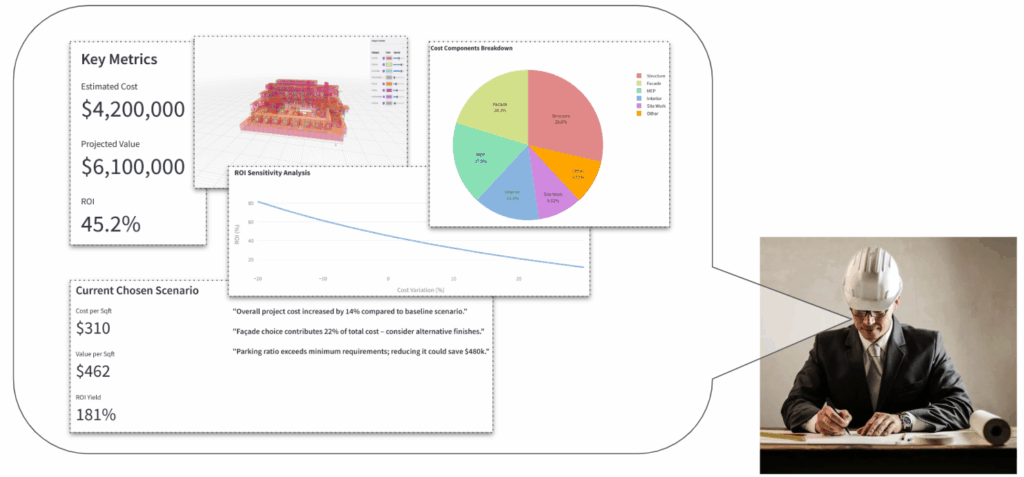
The conversation between creativity and viability has only just begun, and AI is helping us speak both languages fluently.

